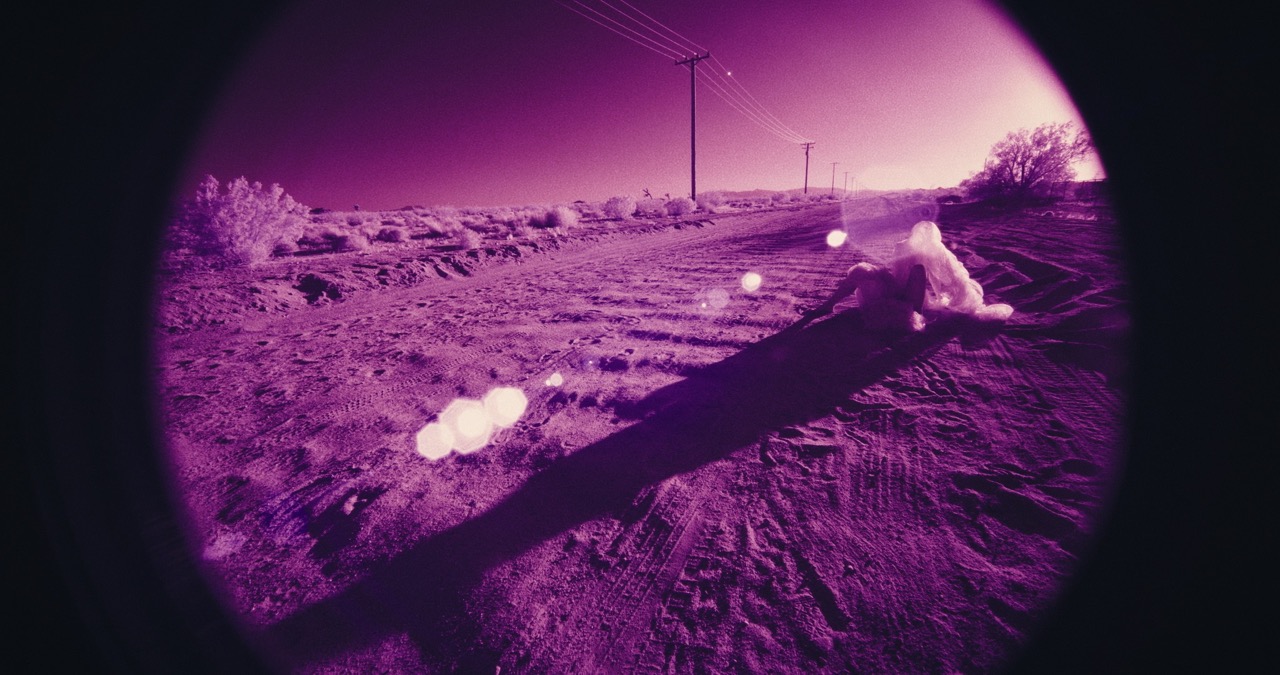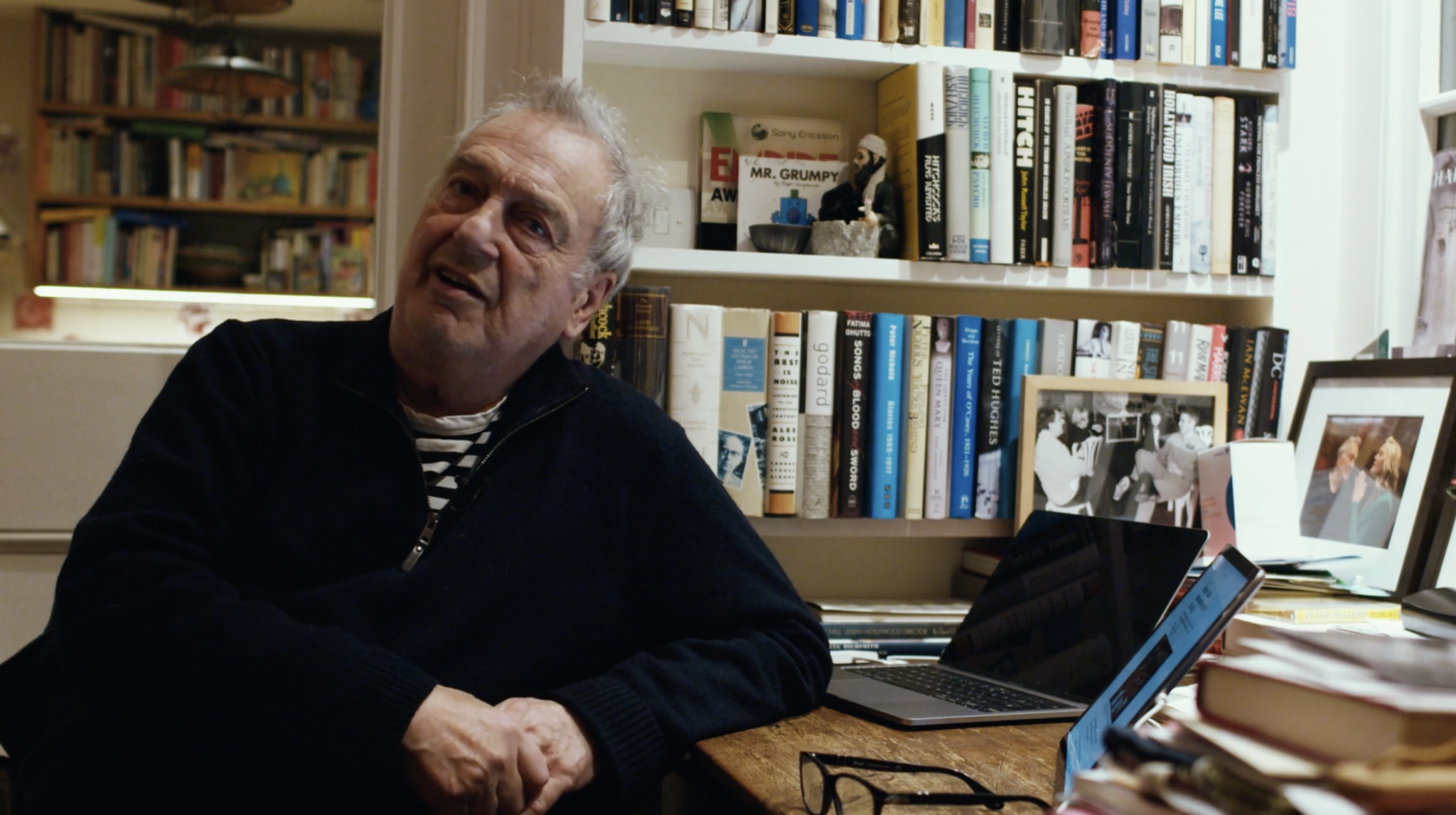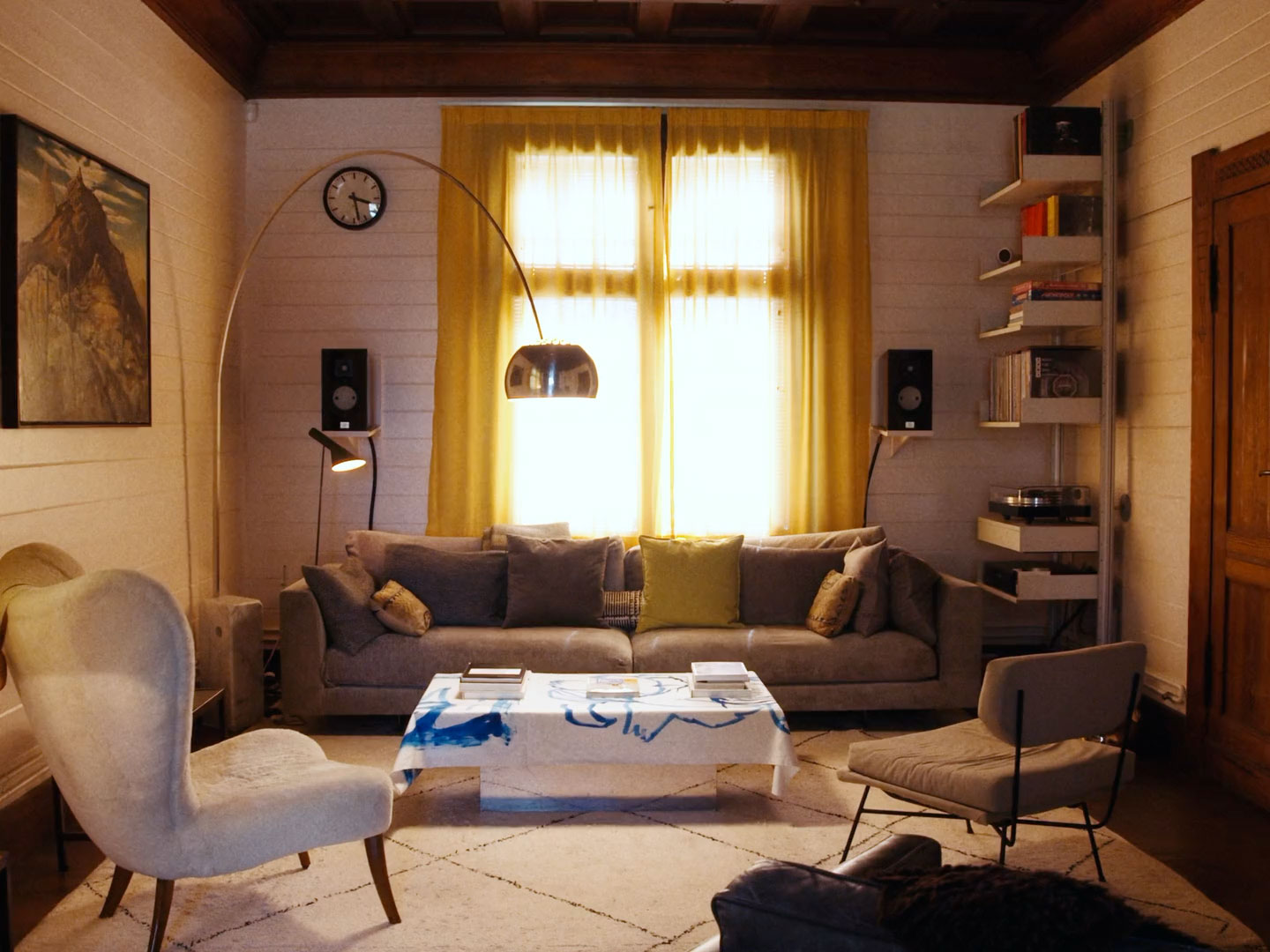
Before moving to Paris in 1989, I presumed le Corbeau was simply a raven, that ominous bird that supposedly protects Her Majesty’s crown jewels and throne, actually. Little did I know that le Corbeau is also a French expression for a person who writes anonymous poison pen letters. And that the much-used and popular term came about due to Georges-Henri Clouzot’s film noir, Le Corbeau (The Raven.)

Made in 1943, Clouzot’s Corbeau is one of those mildly forgotten cinematic gems that was openly inspired by the villainous Angèle Laval and L’Affaire de Tulle, circa 1917 – 1922. A psychological thriller, it shows the devastation wreaked upon a French provincial town – identified as ‘anywhere’ – via a series of poison-pen letters signed by Le Corbeau. The letters begin by accusing Docteur Rémy Germain (Pierre Fresnay) as having an affair with Laure Vorzet (Micheline Francey), the ravishingly pretty and much younger wife of Dr Vorzet, the town’s elderly psychiatrist (Pierre Larquey.) Dr Germain – the film’s hero – is also exposed as practising illegal abortions. In a flurry – letters are then sent to key citizens yet continue to denounce Docteur Germain. The situation turns scarily vicious when the patient of the hospital – in bed No. 13 – commits suicide, having been informed by Le Corbeau that his cancer is terminal. Initially, Sister Marie Corbin (Héléna Manson) – the angry, spinster sister of Laure Vorzet – is suspected to be Le Corbeau. But even after her arrest, the letters continue.
I’ve seen Le Corbeau about three times and it never ceases to surprize. Once coined the French master of suspense, Clouzot is equivalent to a German film director, harking from Berlin of the 1930s. Another viewing and another element or even mystery nags and presents itself. Certain much-loved films or classics wither on the vine, with time. Clouzot’s films such as Le Salaire de la Peur, Les Diaboliques and L’Enfer, enrich and haunt. A subtle chef, the bouquet lingers. Indeed, watching Le Corbeau woke me up to the worldly and cash(argot for direct) nature of the French versus my own idealistic naivety.
Clouzot dismissed all-nice guy cop movies as bland. “I do know it is necessary for me to show the black side of men as well as the white side,” he told Anne Michaels at the New York Times in 1955. In Clouzot’s opinion, art had to provoke. “I do not always know why I do what I do,” he continued with Michaels. “I cannot say why there is a cruel side to my films, although the problems interest me.” Fitting in with the then Gallic tradition, the director deemed the criminal story as a way of painting a complex and flawed man, within his milieu.
That said, Le Corbeau caused a furore when it came out in May 1943. Indeed, the film’s extraordinary and unflattering realism – particularly for the period – was deemed too much for occupied France where denouncing Jews became rampant. (To give an idea, there were three times the number of letters than actual Jewish children.) Meanwhile, rumours started to circulate that Le Corbeau had been released in Germany under the title, A Little French Town. This was nonsense. Germany’s UFA actually refused to distribute it. Still, the movie was seized upon for being anti-French. Fuelling the fire was the fact that Le Corbeau was produced by Continental Films and was renowned for its strong Nazi ties. (Joseph Goebbels had created the production company in 1940 even if it had gone off piste, due to Alfred Greven, a serious Francophile.) And in September 1944, Clouzot was banned from working by the Comité de Libération du Cinéma. Thanks to the tireless lobbying of directors Jacques Becker Marcel Carné, Réné Clair and intellectual heavyweights like Jean-Paul Sartre, Clouzot returned with the Quai des Orfevres in 1947, followed by Manon (1949) and Le Salaire de la Peur in 1953 that led to international fame, after winning the Grand Prix at Cannes.
Regarding Le Corbeau’s considerable merits, French film buffs tend to highlight the lamp scene that happens near the end. It is the face-off between Doctor Germain – the protagonist – and Dr Vorset – the evil psychologist (Pierre Larquey) who calmly muses about the boundaries between morally right and morally wrong, while swinging the lamp between light and dark. “Where does evilness start?” Dr Vorset asks. “Do you really know if you’re on the good side or the bad side?” His steely calm disturbs Dr Germain who seizes the lamp, takes out the glass bulb and singes his fingers. “Ah, you’ve burnt yourself,” notes Dr. Vorset. “You see, the evidence is conclusive.” A shamelessly amoral rogue on screen is always a crowd pleaser. And naturally, I was reminded of Harry Lime in The Third Man – “Switzerland had 500 years of peace…”
The cult scene was inspired by a light skiing accident. As Clouzot lay there, watching the sun’s shadow going back and forth on the snow, he planned to use the experience. “From the black and white of the snow, I thought of the swinging lamp,” he later said. Images were essential to the short and intense Frenchman who was both noted for his thick, bushy eyebrows and signature pipe smoking. “I am incapable of using an idea or character as a point of departure to write a film,” he said. “I always begin with a certain number of images.” Le Corbeau came about when Clouzot imagined, “pieces of paper falling into a grave” and then he worked with Louis Chavance on the screenplay.
Clouzot started his film career in the cutting room. “You can’t write properly unless you are an editor,” he reasoned. However, having been a young newshound – he worked for the Paris-Midi and Paris Soir newspapers –sharpened his nose for a story. As did assisting the director Anatole Litvak in Berlin in the 1930s and writing screenplays for directors like Henri Decoin. Meanwhile, Clouzot remained an editor at heart. “Very often, I look at my watch and say it’s good for twenty seconds and not more,” he said. Such devotion and discipline livened up the pace of his work. Nothing feels laboured in Le Corbeau even though it is edgy and uncomfortable.
Le Corbeau’s funeral cortege of patient No. 13 is masterly. A macabre pageantry, it provides the provincial pomp and ceremony until turning to the deceased’s mother (Sylvie.) Caught at her son’s graveside, the image defines La Pièta and brings to mind Michelangelo’s marble masterpiece. Emotional devastation can surmount to dignity. And in Le Corbeau’s case leads to revenge that becomes pure Maupassant.
There is also the brutal fate of the hospital nurse (Héléna Manson.) The unpopular Sister Marie Corbin begins with power – she is one of those mean matron figures who terrorises the hospital ward – but her fall from grace becomes merciless. Realising that the mob has turned, she runs through the town. It is terrifying. You are there with her, as her face glows with perspiration while the growing crowd is filmed separately following behind her. Who remembers Charles Laughton being pursued in the Hunchback of Notre Dame? Le Corbeau’s swarming witch hunt is as loathsome. When finally arriving at her home, far from being a neat and comforting refuge as can be imagined for a certain type of clinical spinster, it has been callously destroyed. The mirror is broken, her precious ornaments are scattered all over the floor, the messy bed suggests soiled, and then there’s the harsh sound of her window being smashed. Naturally, the nurse attempts to escape. Only to encounter a sinister pair of police officers, standing at her door.
And then there is the hero’s love interest – the voluptuous yet limping Denise Saillens (Ginette Leclerc.) Though pretending to play the sickly victim, there is a sense that she is thoroughly liberated. Ginette Leclerc – a leading French screen actress – assumes her imperfections will come hither, aplomb. During his lifetime, Clouzot was often referred to as the French Hitchcock, but his women are allowed to be/can be more independent and less imprisoned by their fate. Clouzot beat out Alfred Hitchcock for the rights of the Boileau-Narcejac novel, Celle qui n’était plus written by Pierre Boileau and Thomas Narcejac. It became his blood chilling film, Les Diaboliques. Keen not to be outdone, Hitchcock then bought D’Entre les Morts – again by the Boileau-Narcejac team – and turned it into Vertigo.
On set, Clouzot was revered but regarded as a bully. In order to create an atmosphere of suspense, he would scream, shout and even slap. “When it (the film) is over, I am completely drained,” Clouzot told the New York Times. But he also recognized an equal. When Brigitte Bardot slapped him back on the set of La Verité (a film that was eventually nominated for a foreign film Oscar in 1961) it led to a more pleasant tempered Clouzot. Beset by health problems, the French director was both tortured and a torturer but perhaps less perverse than Alfred Hitchcock. A tale recounted to me by Norman Lloyd, in 1998, still upsets. On the television set of Hitchcock Presents during the 1950s, there was an attractive jack-the-lad gaffer. As an experiment of human fear, Hitchcock asked if the handsome technician would agree to be chained to the darkened set, overnight. Flattered, the gaffer agreed and willingly accepted Hitchcock’s Dutch courage – a glass of brandy, secretly laced with laxative. The inevitable happened. “It was both shocking and unforgivable,” said Lloyd.
In his excellent and deeply personal, New Biographical Dictionary of Film, David Thomson describes Clouzot as “an exponent of the nord” versus Jean Renoir who represents “the sud of French Cinema.” Thomson criticises Clouzot for “destructive misanthropy,” “(a)gloating concentration on weakness” and creating “a cinema of total disenchantment.” Much as I admire Thomson, he has never lived amongst the French. How about this – Renoir caught how the French aim to be perceived – intellectual, courageous and majestic. Whereas Clouzot pulled back the curtain, looked deep within and revealed an ingrained cynicism of a race who have been endlessly invaded as well as committing regicide. If a cynic is a bruised romantic, so are the French. Thomson views Clouzot as Balzacian, he was. But so much of France is still entrenched in the 19th Century. To understand the inner workings of Paris, Balzac’s novel Père Goriot sets out all the clues.
Meanwhile, Le Corbeau has become an intrinsic element of French culture. The jealous husband Corbeau who finds out about his wife’s lover and informs le Fisc (tax authorities) about his rival’s dodgy financial situation. Le Corbeau who had France gripped during L’Affaire du Petit Gregory – an unsolved murder case during the 1980s. And then the Corbeaus during the Clearstream Affair (2006) that exposed French politicians for having hidden bank accounts. To a certain extent, the Corbeau was an early component of social media – the fake news variety. And there was very little that the accused could do. This became evident during the skirmish between luxury titans Henry Racamier and Bernard Arnaud. The booty was the LVMH empire. The much-admired and distinguished Racamier lost.
Some view Georges-Henri’s Clouzot’s Corbeau as the first French modern film noir. Like all cinematic theories, this is arguable. However, I can state with accuracy that Clouzot was the first to option the rights of Pierre Boulle’s book Le Pont Sur la Rivière Kwai (Bridge on the River Kwai) but could not find a producer who was interested. Enter Carl Foreman – one of Hollywood’s blacklisted writers – backed up by the producer Alexander Korda followed by Sam Spiegel, the Hollywood producer who had just won an Academy Award for On The Waterfront. Being Spiegel’s biographer – having researched his prismatic life for seven years – all roads tend to lead to Sam. To cite the director Billy Wilder, few could resist the “velvet octopus arms” of the Oscar winning producer.
Light mention also has to be made of the cheery references to birds in Spiegel’s life. First, Sam changed his name to S. P. Eagle in 1941. Being a figure of fun – better known for New Year’s Eve parties than epic films – this led to pals like Wilder abbreviating the name to E.A. Gull and others introducing themselves as C.O. Hen. No doubt, director John Huston, Sam’s partner at Horizon Pictures, shared in the ribbing. Meanwhile, ‘let’s talk about the black bird’ was Huston’s code for returning to The African Queen screenplay when working with Peter Viertel. Naturally, it came from The Maltese Falcon. There was also Gore Vidal’s nickname for Tennessee Williams, when they were both teasing and tormenting each other on Suddenly, Last Summer. According to Vidal, the Southern playwright became both The Bird and The Glorious Bird.
Significant bird mentions and yet I remain somewhat wary of the beady-eyed, feathered creatures. It all began with a raven flying at the glass window in my bedroom in Inverness, the North of Scotland. I was seven. My little brother – curiously named Damian – was a witness. Watching Alfred Hitchcock’s The Birds followed. The screening took place in the nursery of Eilean Aigas, a hunting lodge on a wild island, sulking on the dark waters of the river Beauly. Being a bleak room with a mismatch of armchairs and unframed Polish Circus posters stuck on the walls, it meant maximum concentration on the tiny screen. Years later, Georges-Henri Clouzot’s classic was viewed in infinitely more luxurious circumstances. Vive la France. Vive le Clouz. I recommend Le Corbeau to all and sundry.












